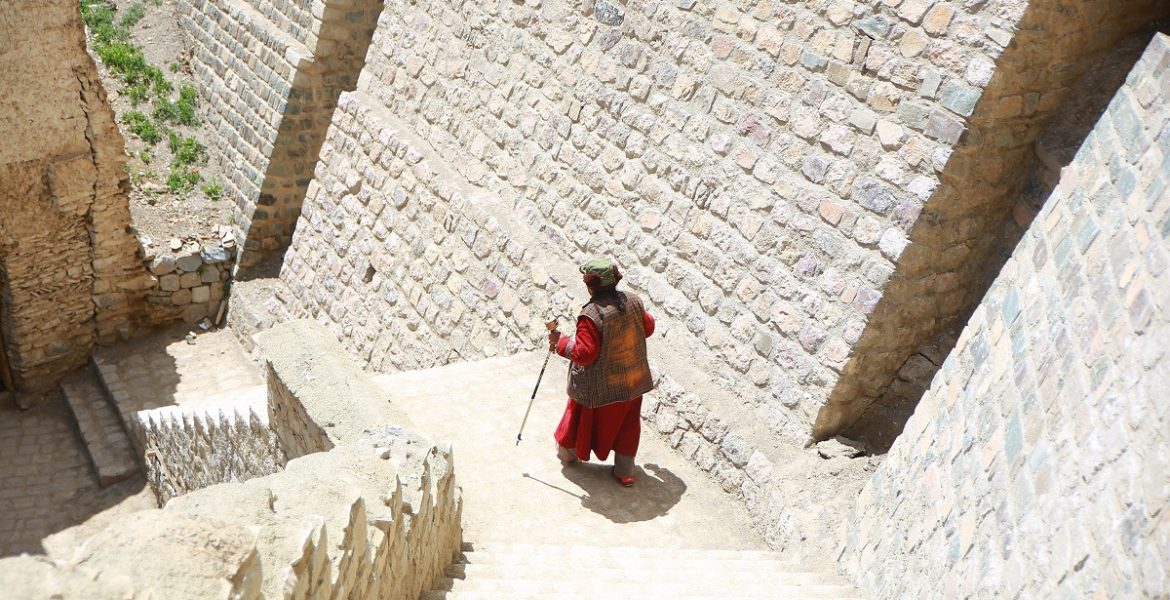Texts by Juneyna Kabir
Featured image by Hasib Uz Zaman
Tickets, visas, money, packing, planning – we’ve got enough things to think about before going on vacation, and the impact our trip is going to have on the world is usually not high on that list, if at all. However, if one were to take factors such as their carbon footprint, resource usage, the livelihood of locals etc into consideration and practice Responsible Tourism, they could have a more authentic, memorable and immersive adventure while also preserving the environment and culture of their place of travel. It’s a win-win situation, really.
What is responsible tourism?
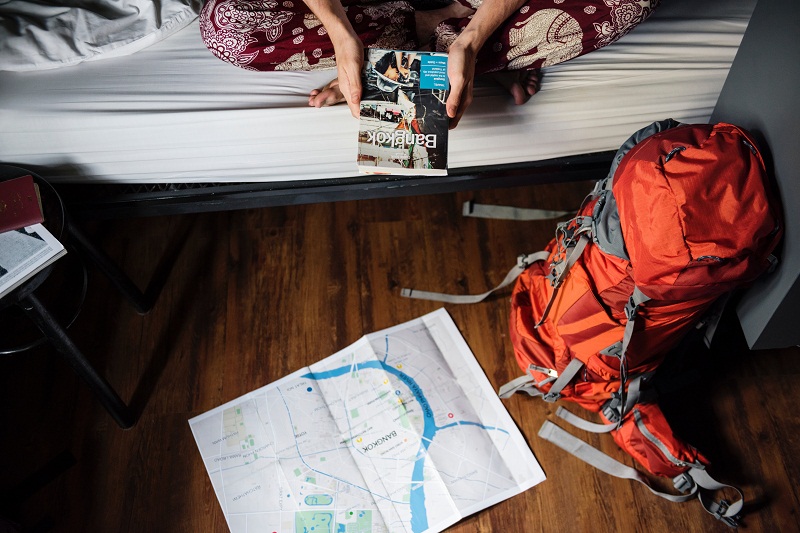
Words like “sustainable” and “eco” have become buzzwords in the tourism industry over the past few years. Various stakeholders like governments, hoteliers, tour operators and other tourism authorities did not waste a minute before jumping on the bandwagon; although, some believe this is a classic case of “greenwashing” rather than a serious commitment to a less wasteful world.
Responsible Tourism was added to the Cape Town Declaration during the 2002 World Summit on Sustainable Development and defined as, “making better places for people to live in and better places for people to visit,” in that order. In essence, responsible tourism is about showing respect: to the environment, culture and people of the place one is visiting.
Showing Respect to the Environment

Not littering, especially when in nature, seems obvious to most but you will be surprised how many people still do it. The Great Pacific Garbage Patch, a horrid mass of human trash stretching for thousands of miles off the Pacific Ocean, is testament to that. Thousands of plastic bottles and bags will take hundreds of years to decompose, and in the meantime, wreak havoc on marine ecosystems.
Being mindful to not overuse resources is another way to respect the environment. In remote areas, supplies of water, food, electricity are sometimes scarce and as a tourist, we may have greater access and means to use them but we must take care not to abuse them. Six months ago, Barcelona’s government passed laws to limit new tourist accommodation, as prime housing space was being taken up by hotels and AirBnBs, increasing real estate prices for locals.
Showing Respect to the Culture
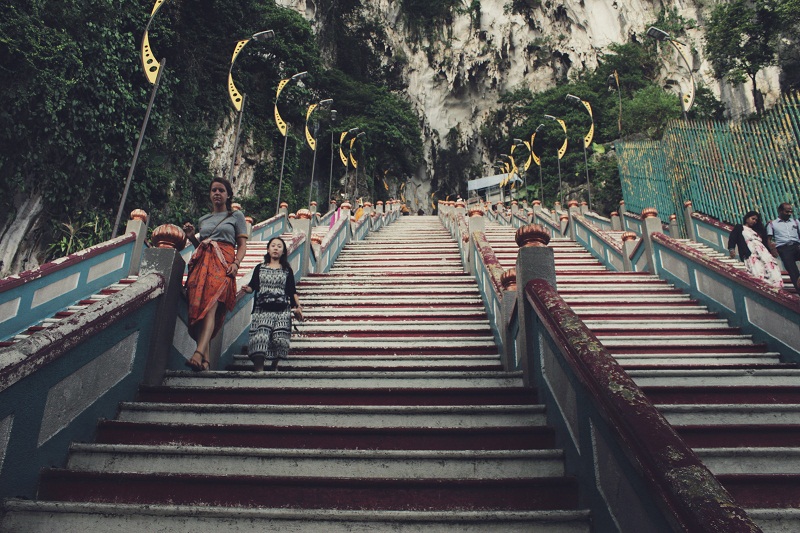
More often than not, the place you are travelling to is going to be new for you. Even if it is within your country, the region perhaps has different customs, dress codes or even languages. The first thing we can do to be a responsible traveller is to care for the traditions of the people of the place we are visiting. For example, it is okay to burp in public in South Asian and Middle Eastern cultures but it is extremely rude in the West. On the flipside, showing your thumb in many countries is a positive sign whereas can be taken negatively in Asia.
Doing some prior research before you travel is highly recommended. You should go prepared with clothes that won’t hurt the sensitivities of the local people, and learning a few common words in the native language always goes a long way.
Showing Respect to the People

If people make a place, then the dignity of the people of that place must be given its due consideration. This is evident in case of foreign travellers because it is the resources and spaces of their region that they are sharing, just so that we may enrich our lives. Therefore, it is of utmost importance to be polite and show interest in the lives of the locals when we travel.
According to the United Nations World Tourism Organisation, 2017, tourism is responsible for one in 10 jobs globally and is the main source of foreign exchange in one-third of developing countries. So, one way to really show one’s appreciation for the people is to invest in their economy. In Cancun, Mexico’s thriving party town, shops sell sombreros imported from China, which cost less than the ones handmade by local artisans. Buying the real hats supports the livelihoods of the people of the area, as well as upholding its authentic cultural heritage.
Travel Slower, Travel Deeper
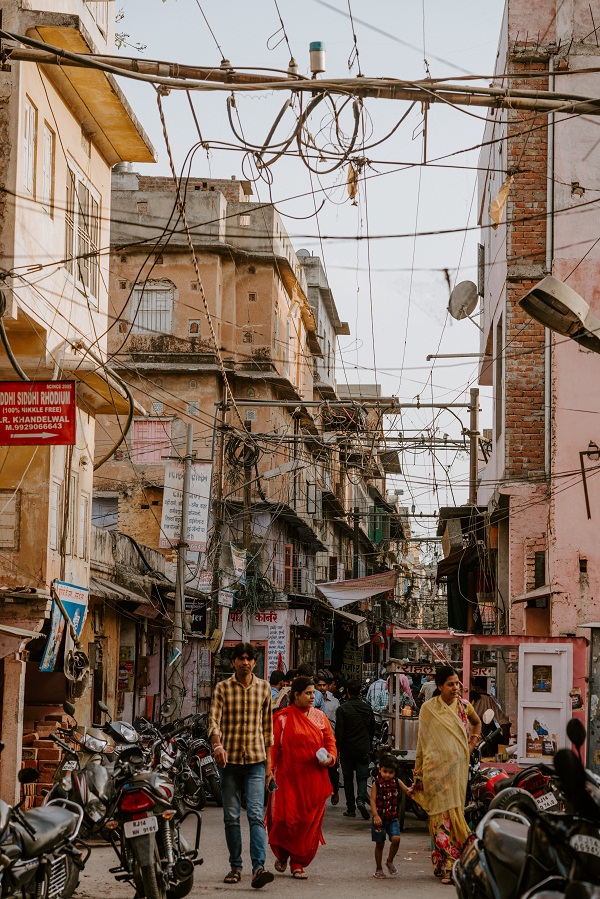
The idea behind ‘slow travel’ is to go to fewer places but spending more time in each. Using trains or buses are a good way to do this because you end up seeing more, getting a deeper sense of a place while also reducing your carbon footprint. Unexpected adventures occur out of travel plans like these – where you have the freedom to stop off at any destination that takes your fancy and see things that no guide book could ever have led you to. This requires some courage on one’s part but once tried, there is nothing like it. This sort of travel is not for those looking to have luxurious, relaxing getaway, but rather for the traveller searching for meaningful, long-lasting experiences. Southeast Asia and India are great places to discover in this way because they are vast, diverse and affordable.
The trouble with responsible travel is that most people think it is a niche market; in some way, separate from mainstream tourist activities. However, the truth is that the demarcation is not so distinct. Rather than needing to book a holiday with a recognised ‘sustainable’ tour company, it is more about being mindful of one’s actions as an uncompromising principle of travel. In short, tourism should benefit and help preserve the people and places on which it relies. Be a thoughtful traveller and you’re most likely to find those places like you left them when you visit again, otherwise, the beautiful lake of your memories could turn into a toxic garbage dump. Let that sink in.
How a Movie Ruined a Region
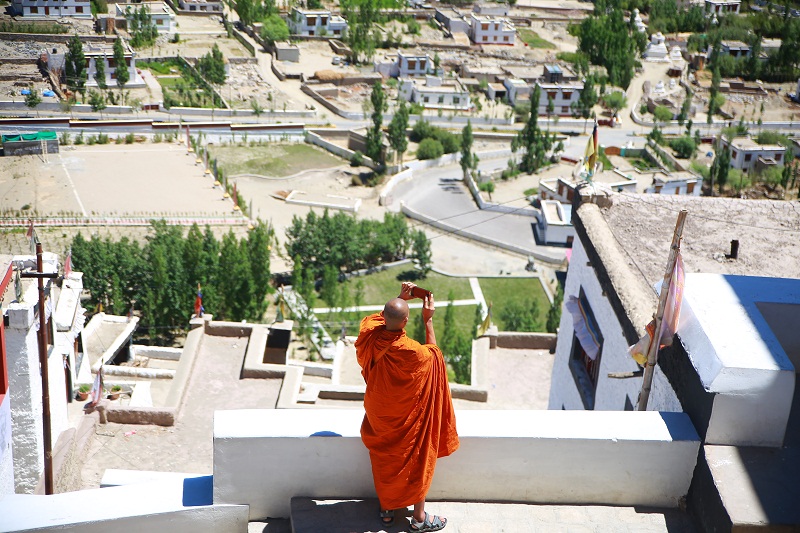
In 2008, a year before Bollywood mega blockbuster 3 Idiots released, Ladakh received 400,000 visitors – already a decent number for a region that is inhabited by 200,000 people. The year after, the digits quadrupled and are showing no signs of stopping.
Pangong Tso is of particular interest, a pristine lake backed by snow-capped mountains which provided the backdrop to hero and heroine, Aamir Khan and Kareena Kapoor’s reunion after a series of drawn-out misadventures.
India’s middle class has recently benefited from a boom in incomes, and their newly acquired thirst for travel often takes them to sites of Bollywood productions. In front of the lake, there is a yellow scooter, identical to Kareena’s, that acts as a prop for photos and the shore is lined
by eateries all named “Rancho’s Cafe”, after the main character.
This unprecedented rise in Ladakh’s tourist influx provides economic opportunity for the remote region but has severe consequences on its fragile ecosystem. Garbage trucks used to make trips to the dump eight times a day but now they make around twenty. The locals would drink water from the streams but today they refuse to touch it. Visitors feed chips and biscuits to marmots and brown-headed gulls, altering the role they play in the ecological nexus.
Government regulation is one way to tackle this problem but the tourist must also feel a sense of responsibility to the land they have come to enjoy. One may feel that because they have paid for an experience, they now have the right to do what they wish but this is definitely at the cost of those who have inhabited the land for millenia – be it the people, the birds or the invisible lizards and insects who are all greatly affected by a visitor’s lack of care

